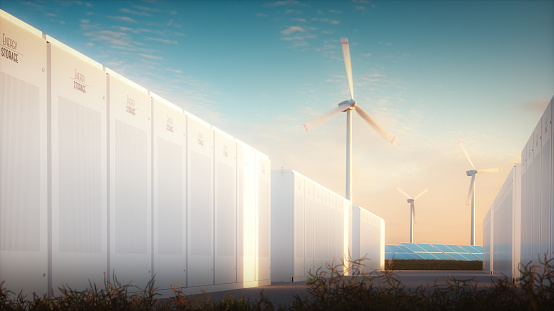As the world shifts towards renewable energy sources, Solar Battery Storage system design have become increasingly important in ensuring reliable and efficient energy supply. Battery energy storage systems (BESS) can store excess energy generated during peak times and release it during periods of high demand, effectively balancing the grid and reducing the need for fossil-fuel-powered plants. However, designing a BESS that meets specific requirements can be a complex task. In this article, we will discuss the top five battery energy storage system design essentials.

Battery energy storage system (BESS)
Capacity
The capacity of a BESS is the amount of energy that it can store and discharge. It is determined by the amount of energy required to meet peak demand and the availability of renewable energy sources. The capacity can be calculated by multiplying the power output by the duration of the discharge. The capacity of a BESS should be large enough to meet the demand but not so large that it becomes cost-prohibitive.
Power Rating
The power rating of a BESS is the maximum amount of power that it can deliver. It is determined by the power requirements of the loads and the available renewable energy sources. The power rating of a BESS should be large enough to meet the peak demand of the loads but not so large that it becomes cost prohibitive.
Battery Chemistry
The battery chemistry of a BESS is the type of battery used in the system. The most common battery chemistries used in BESS are lead-acid, lithium-ion, and flow batteries. Each battery chemistry has its own advantages and disadvantages, and the choice of battery chemistry will depend on factors such as cost, energy density, cycle life, and safety.
Inverter
The inverter of a BESS is responsible for converting the DC power stored in the batteries into AC power that can be used by the loads. The inverter should be selected based on the power rating of the BESS and the voltage and frequency of the AC power required by the loads. The inverter should also be designed to operate efficiently at various loads and under different environmental conditions.
Control System
The control system of a BESS is responsible for monitoring and controlling the operation of the BESS. It should be able to manage the charging and discharging of the batteries, regulate the output voltage and frequency of the inverter, and ensure the safe operation of the system. The control system should also be able to communicate with the grid and other energy management systems to ensure the seamless integration of the BESS into the overall energy system.
BESS that meets specific requirements can be a complex task, the top five battery energy storage system design essentials include capacity, power rating, battery chemistry, inverter, and control system. The proper selection and integration of these essential components are critical to the successful operation of a BESS, and it requires expertise and experience to design and implement a BESS that meets specific requirements.
